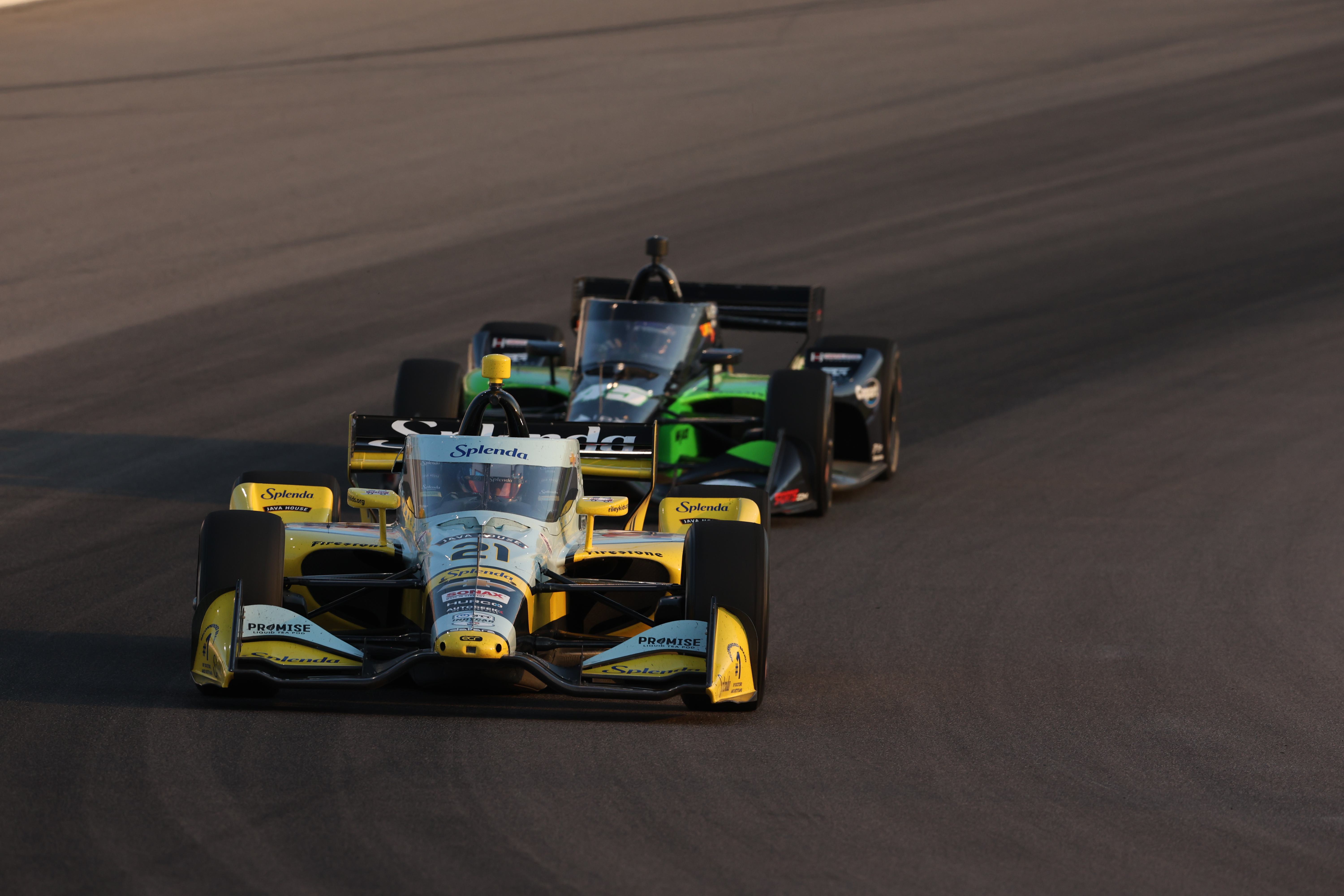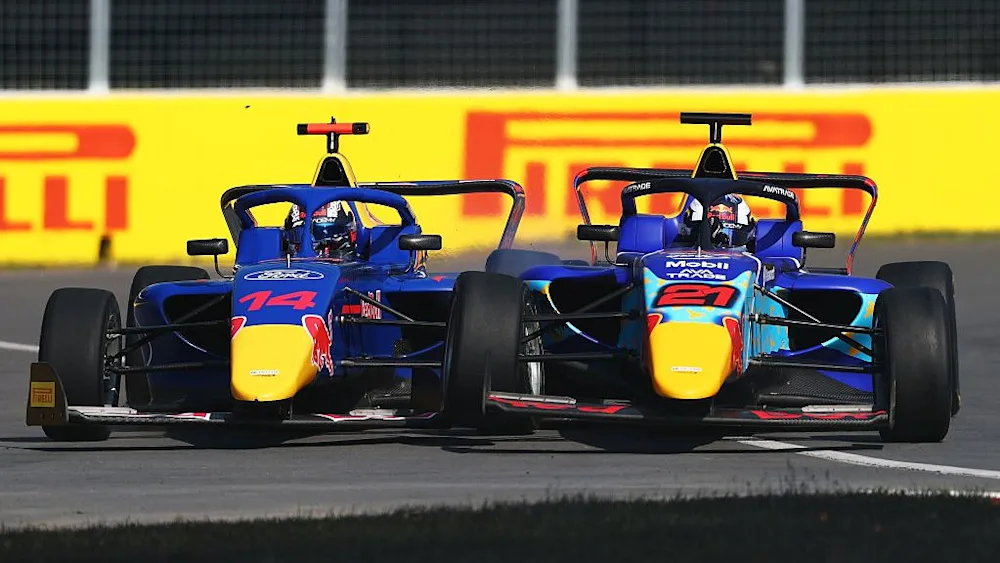The Evolution of Formula 1 Cars from 1950 and 2023
- Ilona Datchary
- Jan 19, 2024
- 5 min read
Written by Ilona Datchary, Edited by Jacob Awcock
Throughout Formula 1 history the cars have evolved and regulations have changed. From safety to car design, it’s needless to say the current generation of cars are very different to the ones from the 1950s.
1950 was the first year an official Formula 1 world championship was held, 3 years after the first-ever official Grand Prix. The first Grand Prix, in 1950, took place on the 13th of May in Silverstone and was won by none other than the first World Champion, Giuseppe Farina who was driving the Alfa Romeo 158.
But have you ever wondered how all the different elements of the cars at the beginning of Formula 1 in 1950, look compared to how they are now after finishing the 2023 season?

Regulations
During the first few years, the rules and regulations were far less complicated and were not the main priorities of the drivers: they just wanted to race. There were two main rules for the cars:
1) Cars using a supercharger could not exceed 1.5 liter engines and non-supercharged cars could not exceed 3 liters. A supercharged engine can compress air, which then increases air pressure that goes through an internal combustion engine. This was very common and almost all cars used it.
2) Engine specifications could be a maximum of 1500cc for supercharged cars and 4500cc with non-supercharged cars. Cc, meaning cubic centimeters, refers to the amount of air and fuel that could be pushed through the cylinders of an engine.
Compared to the regulations of nowadays, which are numerous pages of stringent regulations to ensure the cars are all equal, the ones used in the 1950s were far less strict. The regulations made in 2023 state that each team should use the 1.6-liter V6 turbocharged hybrid engines, however, they may choose the manufacturer of that engine.
The rules today are seen as more rigid but in a way make the races better since the cars are more similar and the competition can be more exciting and unexpected, which is why many love this sport.

Safety
Unfortunately, during the first few decades of Formula One many drivers have either been severely injured or died due to either unsafe circuits or the lack of safety components in a Formula 1 car.
Safety was not their main priority, all they focused on was to ensure that driving would happen. Everyone knew that getting injured or dying was possible, they just went for it.
In 1950, the main safety feature during the Grands Prix were the Marshals, but they had no prior training or the resources necessary to be able to ensure safety in a Grand Prix. Nowadays, the Marshals are much more prepared and there are many more to increase safety.
In modern day Formula 1, safety is a top priority, and many things are now mandatory to have that in the 50s people didn’t even think was necessary. One of them is helmets.
Full-face helmets were not introduced into F1 until 1971, but before that, all that was required was a cap and goggles which gave limited protection. Thankfully now, full-face helmets are mandatory and can protect drivers much more than people would assume.

Elements that have been added that increased the safety during Grands Prix immensely are the halo, which has saved many lives and prevented any severe injuries, and, in 2003, the HANS device (hand and neck support) which enabled drivers’ necks to be protected much more. It is very obvious to see how the priority of safety has increased throughout the years and thanks to this many of our favorite drivers can continue driving.

Alfa Romeo 158 vs Alfa Romeo C43
Due to the 73-year difference, many teams have changed not only different systems but also cars. One team that sticks out is Alfa Romeo winning the first World Champion with Farina who was driving the Alfa Romeo 158.
For the 2023 season, Valtteri Bottas and Zhou Guanyu drove the Alfa Romeo C43 but unfortunately, Bottas placed 15th, and Zhou 18th and Alfa Romeo placed 9th in the constructors championship. The question is, however, how different are the cars considering the different regulations and the change in times?
Speed has evolved in Formula 1 dramatically. During the 1950s the Alfa Romeo 158 managed to reach around 290 km/h (180mph) and in four seconds was able to go from 0 to around 100 km/h (62mph), compared to the 2023 Alfa Romeo C43 which can reach up to 350 km/h (217mph) and in two seconds go from 0 to around 100.
This was able to happen due to the new regulations and the new technologies formed in the last 70 years. One way in which speed was so dramatically developed was by increasing downforce which is a type of aerodynamic force.
The car is pushed towards the ground by this which results in different levels of grip and increased speed going into and coming out of corners. These new features and technology are part of the reason why everyone loves Formula 1 because each year they can find ways to make the cars faster.

As mentioned in the regulations, during the 50s the engine was a 1.5-liter supercharger that was able to give out 350 bhp (brake horsepower) which is used as a measurement to measure the amount of power that the engine, or motor of the car, can generate.
In contrast, the 2023 Alfa Romeo uses a 1.6 liter V6 turbo hybrid engine which can give out 1000 bhp, more than 700 more than the 158. Naturally, as with every other element, the engines have also evolved severely. Even with a slight amount of liter increase the 2023 engine is still able to accelerate the car faster and more efficiently.
The weight of Formula 1 cars has increased over the years. This is due to all the different regulations and the safety components added to the cars to ensure the safety of the drivers and the people around them.
In the 1950s there had been no minimum weight or specific dimensions, the Alfa Romeo 158 had been a little over 700 kg. Surprisingly, even with all the new modern technology and safety, the C43 is only 789 kg, which is also the minimum weight allowed on the 2023 Formula 1 rules.
The weight in a Formula 1 car is crucial because if the car is slightly overweight it would go much slower which in Formula 1 is everyone's worst nightmare.
And finally, the dimensions. The dimensions of a car can make or break how the car will run throughout the season. One wrong measurement and the whole season is destroyed and a lot of money is lost. That’s why dimensions are very important.
In some ways, surprisingly, the Alfa Romeo 158 and C43 are not that different. For the Alfa Romeo 158, the dimensions were: 3.90 m long, 1.49 m wide, and 0.99 m high whereas for the C43 the dimensions were: 5.5m long, 2m wide, and 0.97m high. As shown the contrast of the dimensions is not that different except for the length of the cars which is under 2 meters, the C43 being longer.
For the wheelbase, the 158 was 3.97 m and for the C43, 3.6 m. All in all, even though the styles of the cars have evolved the dimensions don’t seem to be that different considering how the cars are from a completely different time of Formula 1.

Overall, the history of Formula 1 cars is very interesting, especially considering the differences between the first Formula 1 cars and the current ones. From all of this, we can tell that the technology and the world around us have been able to develop and influence how the cars in this industry can change for the better or the worse depending on who you ask.








